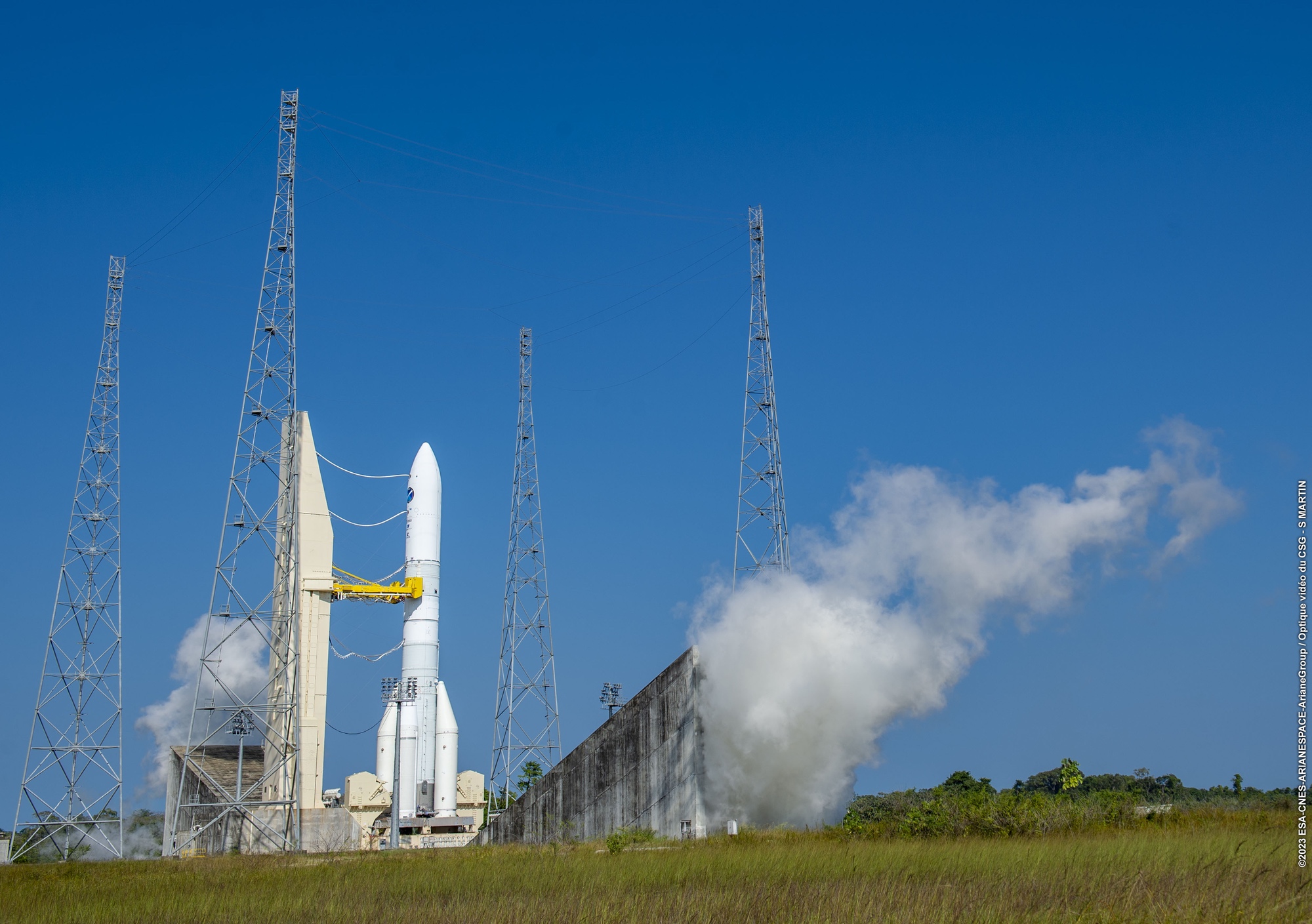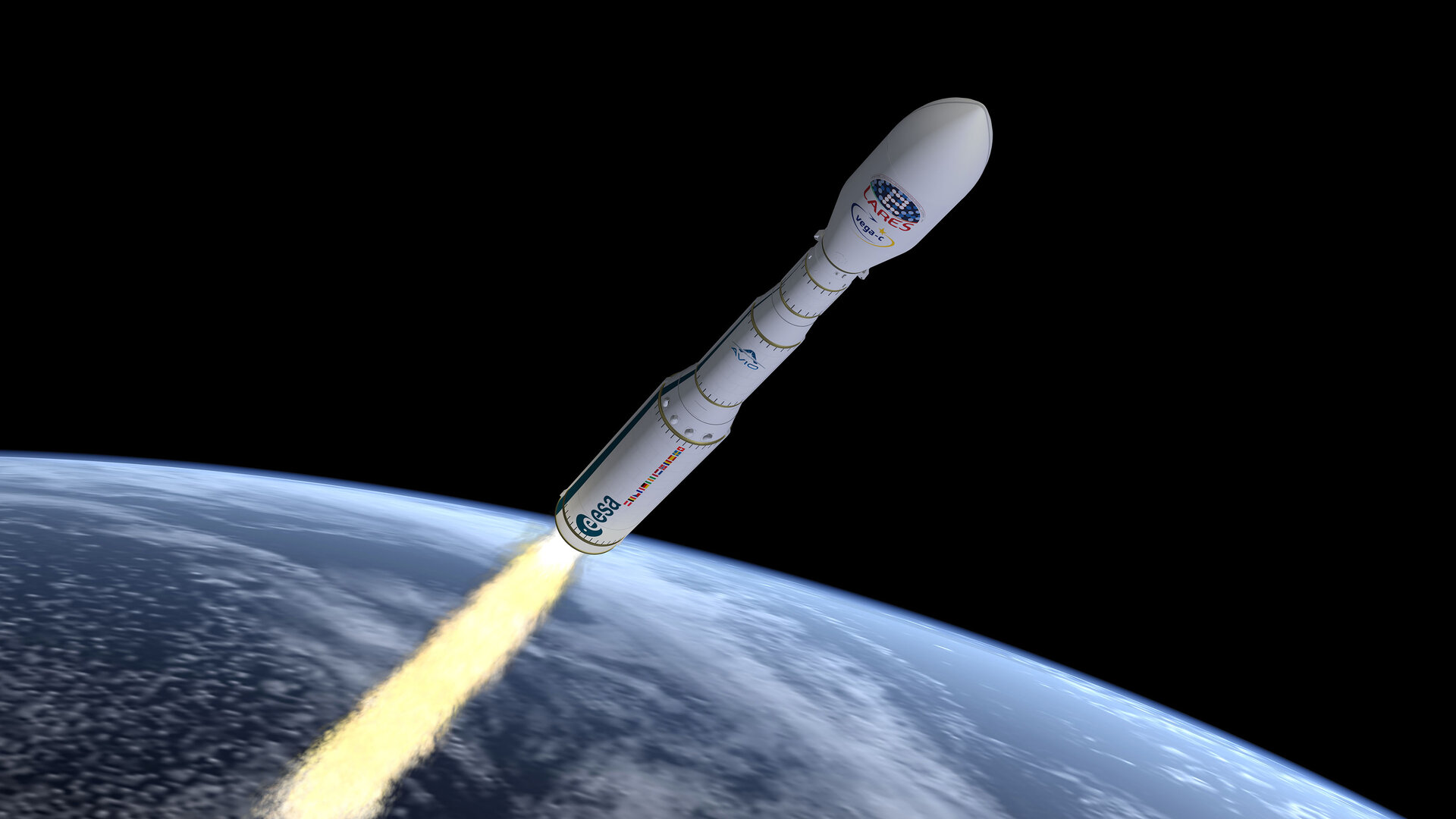International
Humiliation for europe: no more working missile launchers for European satellites

Europe has undertaken the ‘Ambitious’ project, dedicating it to the scientist Galileo Galilei. This initiative involves the development of a constellation of geostationary navigation satellites, akin to GPS but more advanced. However, this ambitious endeavor reveals a significant shortcoming in modern European technology, particularly in the realm of space exploration.
Europe finds itself in a paradoxical situation, considering its domination of the space market just over a decade ago. Philippe Baptiste, president of the National Centre for Space Studies (Cnes), notes, “We did not evolve Ariane fast enough; we are undoubtedly paying for a form of arrogance from that era. We have temporarily lost the ability to access space.” This admission comes as Europe no longer possesses its own launchers.
Gone are the days when Ariane, Soyuz, and Vega, managed by Arianespace, were routinely launching from the European spaceport of Kourou, undertaking missions between 5 and 11 times a year. However, this scenario has changed dramatically, and Europe currently lacks its own launchers. To send four Galileo satellites into space, Europe must now rely on a private partner of NASA, namely the American SpaceX, Elon Musk’s company.
This shift towards American launchers signifies a considerable loss of sovereignty and a setback for European industrial policies. The inability to independently launch satellites for an autonomous GPS system, relying on a direct competitor, is indeed a humbling situation.
Several factors, both cyclical and structural, have contributed to this predicament. Until March 2022, Arianespace had three operational launchers: Ariane 5 for heavy payloads, Soyuz-Fregat for medium payloads, and Vega for small satellites. However, complications arose when Russian technicians left Kourou in response to EU sanctions against Russia, disrupting scheduled launches for Galileo satellites. The situation escalated further when, on July 5, 2023, Ariane 5 completed its final launch from Guyana after 111 successful missions, leaving service permanently. The intended replacement, Ariane 6, encountered significant delays.
Ariane 6, designed to be more flexible and cost-effective, was slated to replace Ariane 5 and Soyuz. However, it lagged four years behind schedule, with its first operational flight postponed multiple times and now expected in 2024. Philippe Baptiste acknowledges that the delay is linked to the complexity of the launcher and the organizational structure. The shift from a state-run program with Ariane 5 to a system involving states and industrial partners has proven less efficient.
The European development model, marked by bureaucracy and task division among states, has hindered progress. What might have efficiently achieved at the national level becomes laborious and complex at the European level. The delays in Ariane 6’s development are emblematic of this model.
The problems extend to the development of the tank filling system and challenges with the testing of key engines. Franck DeCloquement raises questions about the transfer of engine production to Germany, wondering if it is linked to delays in rocket development.

Vega Laucher
Similar issues have affected the Vega program, which faced complications when trying to ‘Europize’ its program. Component supply challenges forced reliance on external sources, in this case in Ukraine, leading to the failure of a crucial launcher in December 2022. The project went back to the drawing table, and now there won’t be any more launches up to 2024.
In summary, Europe’s reliance on American launchers for European satellites highlights a significant setback. Overcoming these challenges will require addressing bureaucratic obstacles, revisiting the organizational structure, and ensuring efficient collaboration among European states and industrial partners. The current dependence on American technology represents a notable departure from Europe’s previous position of strength in space exploration.






